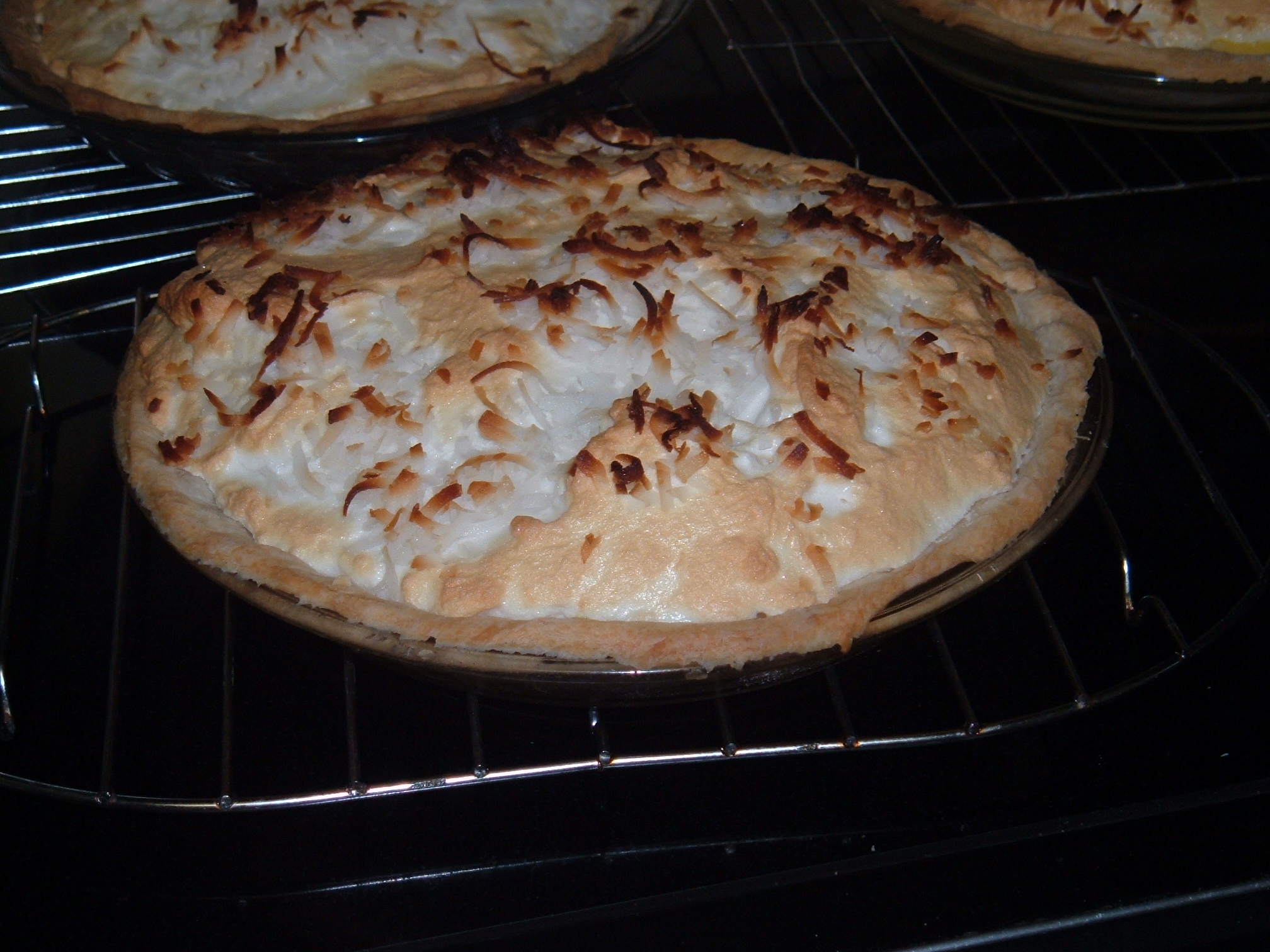This is a question I am frequently asked. When I first started writing MRS. ROWE’S LITTLE BOOK OF SOUTHERN PIES, I wanted to know the same thing. After all, at the beginning of this project, I was no pie expert. I asked many people with more expertise than I have and their quotes are scattered throughout the book. My favorite quote came from Southern writer and foodie John T. Edge. I’m not giving that quote here. You have to buy the book to get that one.
The only thing that makes a pie Southern is the ingredients. Okay, so you can get most ingredients just about anywhere now—like key lime, peanuts, and blackberries. But Southerners embraced those then-local ingredients before you could get them anywhere else in the US and made their pies accordingly.
The South is made up of so many diverse culinary regions. In fact, Virginia itself has several culinary regions. The Shenandoah Valley, where I live, and the Mrs. Rowe’s Restaurant is located, is it’s own food culture, influenced by the South and by the Appalachians, but even more strongly influenced by the Pennsylvania Germans who settled the area. Shoofly pie is a great example of the regionalism of the pies in my book. You won’t generally find it further South, but it is a definite part of the pie culture here. It’s not a pie for the faint-hearted and some folks may even say it’s a developed taste. It’s a sweet pie with a strong molasses bite. Depending on how you make it, shoofly pie could almost be a cake.
The next thing you can generally say about Southern pies is they are sweeter than most other pies—usually calling for more sugar or brown sugar than most other regions. I don’t know why that is the case. But Southern pie bakers do seem to love their pie sweet.
Perhaps most interesting when mulling over the Southerness of pie, is the mythology of it. We hold images of the Southern Granny creating comforting pie and serving it up from her loving oven as a huge cultural icon. Even today, with all the hustle-bustle of modern family and work life. most of us seem to love to the simple comfort we find in our mother’s and grandmother’s kitchens—whether Southern or not.
Thoughts?

Sure, some pies instantly evoke the South. Pecan, Chess, Shoofly (just like some cakes are Southern: Caramel, Coconut, Lane cake). I would agree that it’s more the mythology. In the South things tend to move slower, so there is always time for a nice slice of pie.